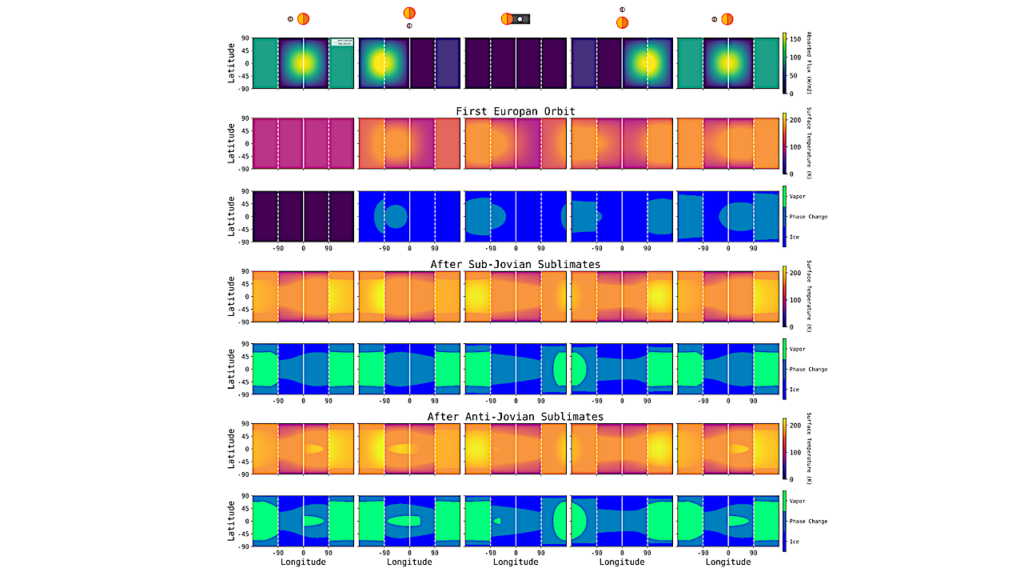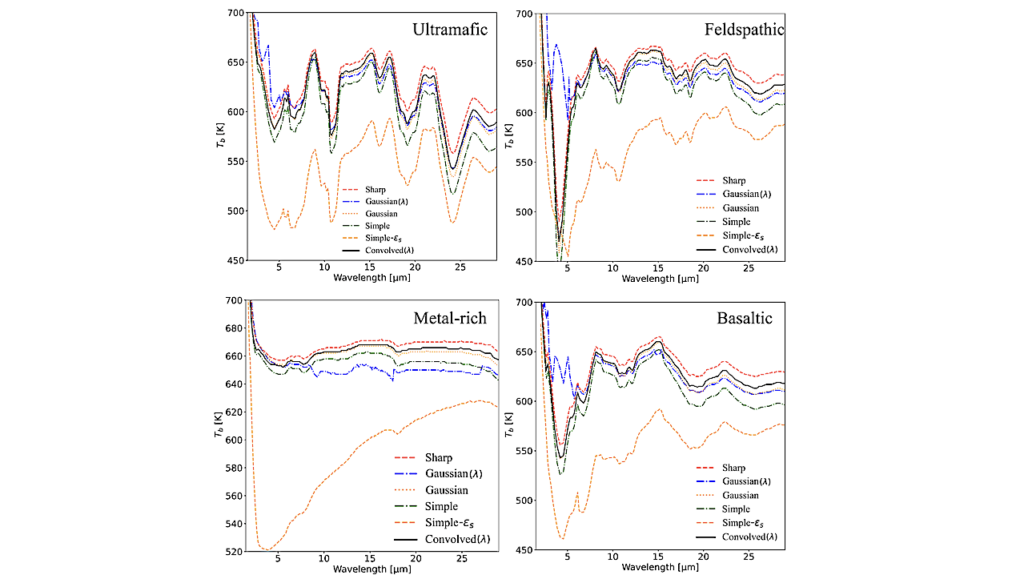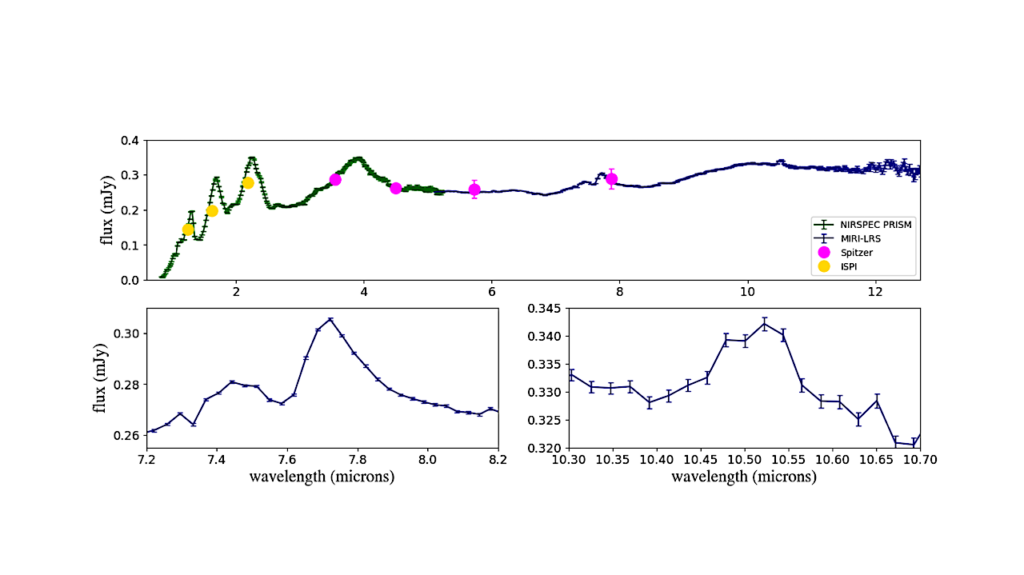Exoplanetary Interiors

The first mass-estimate of an exoplanet around a Sun-like star, 51 Peg b and the first radius measurement of an exoplanet, HD209458b pointed to the challenges of understanding the atmosphere, interior, and evolution of exoplanets including the possibility of mass loss of planets on close-orbits that are exposed to strong irradiation.
These discoveries raised the question of heating and inflation mechanisms, and of the nature of these objects in terms of composition compared to the known planets in the Solar system. The field of exoplanet interior modeling was born. Here, we outline and discuss current big science questions:
(i) What is the amount of heavy elements in a planet and do all planets possess an iron-rock core? We suggest that a promising and novel approach for exoplanets can be measuring their tidal response in form of the Love numbers h2 and k2.
(ii) How much and through what mechanisms are the interiors of planets heated or delayed from cooling? Many strongly irradiated gaseous planets require an additional heat source to explain their large radii.
(iii) What is the origin of the observed populations in the radius-period diagram? Objects in and along the radius valley are excellent targets to study planetary formation and evaporation.
(iv) What does the composition of rocky planets tell us about their formation? Planets more iron-rich than Mercury are found, as well as planets that if rocky, are depleted in iron with respect to Earth. We do not have yet a reliable formation theory that would explain their existence.
Nadine Nettelmann, Diana Valencia
Comments: To appear as a book chapter in “ExoFrontiers: Big questions in exoplanetary science”, Ed. N Madhusudhan (Bristol: IOP Publishing Ltd) AAS-IOP ebooks this https URL
Subjects: Earth and Planetary Astrophysics (astro-ph.EP)
Cite as: arXiv:2111.09357 [astro-ph.EP] (or arXiv:2111.09357v1 [astro-ph.EP] for this version)
Submission history
From: Nadine Nettelmann
[v1] Wed, 17 Nov 2021 19:34:58 UTC (1,583 KB)
https://arxiv.org/abs/2111.09357
Astrobiology








